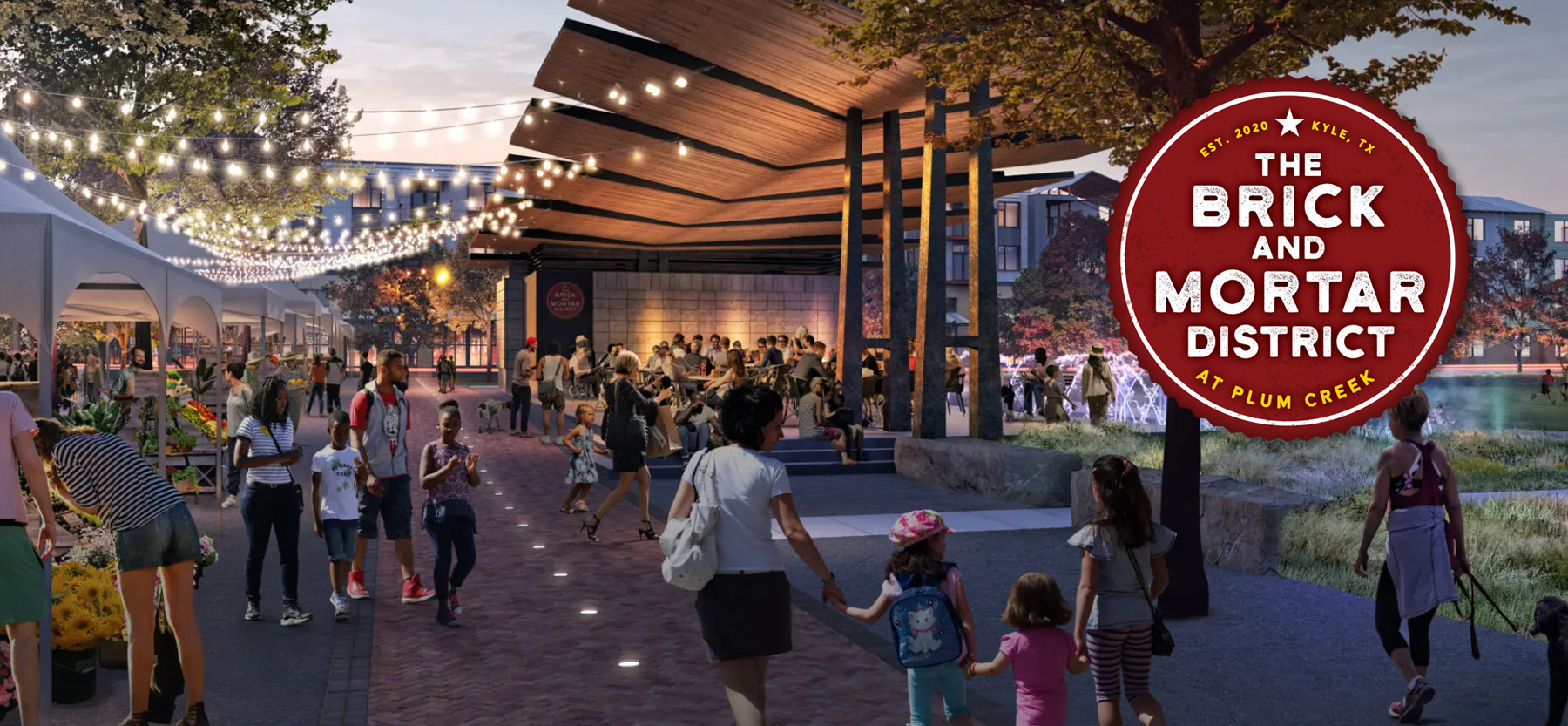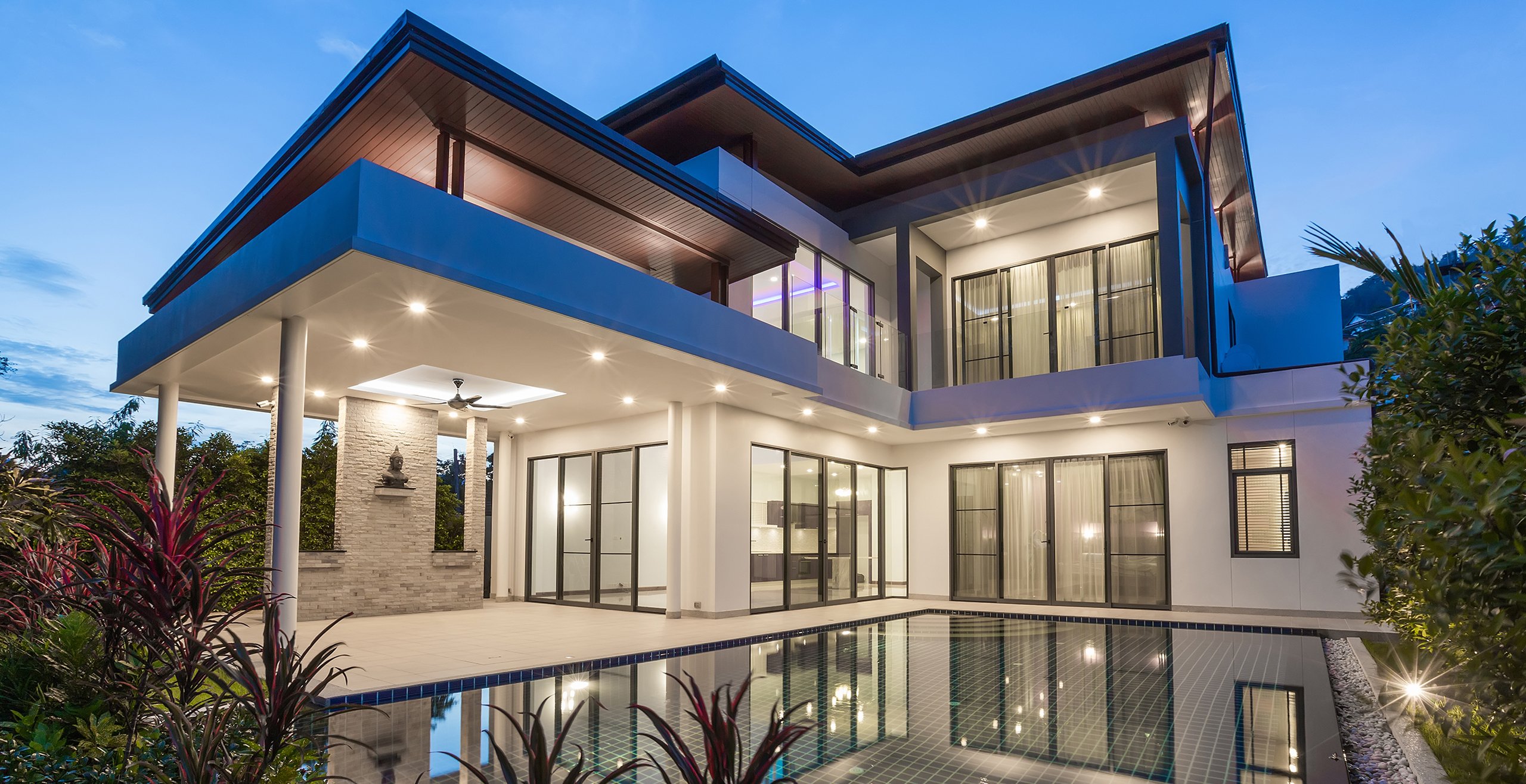November 13, 2025
5 Game-Changing Insights from Future Place: Where Placemaking Meets Performance
In late October, the nation’s largest landowners, master-planned community developers, home builders and capital leaders gathered in Irving, Texas, for Zonda’s sold-out Future Place conference. The event brings together innovators, visionaries and pioneers to dissect the most brilliant deliveries of master-planned communities, evaluate the challenges ahead and discuss solutions that will shape tomorrow’s master-planned developments.
Dave Miles, President and Brand Strategist, and Genevieve Benson, Director of Strategic Partnerships, both attended the conference on behalf of Milesbrand. What they discovered confirmed what we’ve been telling clients for years: the communities that win are those that understand placemaking isn’t just design. It’s the foundation of financial performance, resident satisfaction and long-term value creation.

A highlight of the conference for Genevieve was meeting Steve Nygren, founder of Serenbe, whose book “Start In Your Own Backyard: Transforming Where We Live with Radical Common Sense” offers a masterclass in creating communities that prioritize experience over amenities. His philosophy, “set the intent of your community because experience is everything,” resonated throughout the three-day event.
Here are five important insights from Future Place that every master-planned community developer and home builder needs to understand:
1. Daily Life Amenities Outperform Flashy Features
One of the most powerful takeaways from this year’s Future Place conference echoed across multiple sessions: investments in everyday experiences and authentic community connections deliver far greater returns than costly amenity centers that often go unused. Developers are rethinking how to build connection first using a central principle: give people a life they can walk to.
Master-planned community developers are finding success by activating commercial amenities early, leveraging what nature has to offer and taking inspiration from historic neighborhoods and walkable downtowns. The focus is shifting from “wow factor” amenities to meaningful gathering spaces that foster daily interactions and create the foundation for lasting community bonds.
Why This Matters
With affordability top of mind, home builders and master-planned community developers are prioritizing “must haves” over “nice to haves.” But building social infrastructure does not require massive capital investments. It requires strategic intent. The goal is to design environments that spark connection and cultivate lifestyle friendships among neighbors.
What Success Looks Like
 At Serenbe, developer Steve Nygren demonstrated this idea by opening the community’s restaurant when only four homes had been built. The move drew visitors from outside the neighborhood, invited them to experience the lifestyle firsthand, and ultimately fueled future home sales. Nygren’s “lead with hospitality” approach shows that delivering authentic, daily-use amenities early can generate excitement, belonging and sales momentum long before the model homes are complete.
At Serenbe, developer Steve Nygren demonstrated this idea by opening the community’s restaurant when only four homes had been built. The move drew visitors from outside the neighborhood, invited them to experience the lifestyle firsthand, and ultimately fueled future home sales. Nygren’s “lead with hospitality” approach shows that delivering authentic, daily-use amenities early can generate excitement, belonging and sales momentum long before the model homes are complete.
Similarly, Casey Roloff, founder and CEO of Seabrook, echoed these same fundamentals of walkable, communal living in his discussion of breweries, bakeries and books as the modern cornerstones of connection. His New Urbanism town in Washington demonstrates how thoughtfully curated local experiences can transform developments into thriving, people-first destinations.
Create spaces that make life more walkable, social and effortless, and residents will pay a premium for the lifestyle that comes with it.
2. Wellbeing and Connection Drive Today’s Buying Decisions
Mental health has become a defining factor in how consumers evaluate where to live. They’re not just buying homes. They’re buying daily experiences that support their wellbeing, connect them to nature and provide authentic human interaction for themselves and their loved ones.
The Demographic Content
The data tells a compelling story about who’s buying and what they prioritize:
Boomers control the wealth. People aged 55 to 74 control 50% of the wealth in the United States. But even though they have substantial equity, many are still shopping for value. They want to cash out their equity and move where their money goes farther, which explains why 15 of the top 25 master-planned communities are active adult developments.
Singles are the fastest-growing segment. Single people buying homes represent the fastest-growing buyer segment, led by women. These buyers have different spatial needs and lifestyle priorities than traditional families.
Younger buyers need education. Millennials and Gen Z can benefit from education about how to buy, when to buy and why homeownership matters. Gen Z particularly prioritizes quick hits of valuable information on social media, which requires home builders to rethink how they communicate complex financial and lifestyle benefits.
What Buyers Want
For active adults, priorities center on financial security, health and wellness, and social connectivity. Give them a reason to move beyond just downsizing. Position your master-planned community as a place offering a better quality of life, less maintenance, more activity and connection with others like them.
For all buyers, in the current market environment, “it has to be emotional and it has to be darling,” as Mollie Carmichael from Zonda emphasized. Rational product features won’t overcome affordability concerns, but emotional connection to place will.
3. Historic Neighborhoods Hold the Blueprint for Future Success
One of the most practical pieces of advice came from Roloff, who urged master-planned community developers to study historic neighborhoods and thriving downtowns. What’s working in those established places, and how can those principles be incorporated into new developments?
Practical Application
Look at density patterns. Historic neighborhoods often have a higher density than modern suburban developments, which creates walkability and community interaction.
Study commercial integration. Successful downtowns mix residential and commercial seamlessly. The corner store, the neighborhood bar, the local coffee shop – these weren’t afterthoughts, they were essential components of community life.
Understand gathering spaces. Historic town squares, parks and main streets created natural gathering points. Modern developments need equivalent spaces designed for daily use, not just special occasions.
Embrace human scale. The best historic neighborhoods are built at a scale that feels comfortable for pedestrians. Wide streets and massive setbacks kill the intimacy that makes communities feel like home.
4. The Market Reality Requires Strategic Adaptation
Understanding current market conditions help developers make smarter decisions about product mix, pricing and positioning.
Regional Performance Varies Dramatically
The Carolinas are currently leading in sales performance, with the Southeast and Florida showing stronger sales pace, too. In contrast, the Mountain West, including Denver, faces significant challenges, averaging under two sales per month.
Most markets have seen sales rates decline slightly year-over-year, which creates pressure on master-planned community developers to differentiate more aggressively.
Product and Pricing Insights
Square footage trends favor efficiency. The 1,500- to 2,500-square-foot segment shows the strongest absorption rates. Multiple factors drive this trend, but affordability sits at the top of the list.
High-density segmentation is needed. Across the board, master-planned community developers need more high-density product options to address affordability challenges while still delivering quality and lifestyle.
First-time buyers are older. According to NAR, the median age of the first-time buyer is now 40, which means messaging and product design need to reflect more mature lifestyles than traditional “starter home” approaches assumed.

Capital and Development Strategy
Builders should continue to buy or land bank property in both good times and bad times. The choppiness of housing demand combined with the length of development timelines means patient capital wins. The benefits of self-developing include greater control and the ability to pivot more quickly when market conditions shift.
For the next 12 to 15 months, home builders and master-planned community developers should expect to spend more on sales and marketing, which makes it imperative that those dollars are invested strategically rather than scattered across ineffective tactics.
5. Build Resilient Community Brand Equity That Compounds Over Time
The most successful master-planned community developers think in decades, not quarters. They understand that creating resilient master-planned community brand equity compounds value over time in ways that transactional approaches never achieve.
The Long-Term Perspective
 Syd Kitson, who received the 2025 Legends Award, embodies the visionary approach that creates truly resilient communities. Over nearly two decades, Kitson and his team developed Babcock Ranch, America’s first solar-powered town, on 18,000 acres just outside of Fort Myers.
Syd Kitson, who received the 2025 Legends Award, embodies the visionary approach that creates truly resilient communities. Over nearly two decades, Kitson and his team developed Babcock Ranch, America’s first solar-powered town, on 18,000 acres just outside of Fort Myers.
The project required extraordinary patience and commitment. Partnering with Florida Power and Light, it took nearly eight years to install the almost 700,000 solar panels across roughly 840 acres. As highlighted in a Builder Online article, Kitson’s vision extended far beyond energy innovation. He built the community to work with nature, not against it, by hardening infrastructure to withstand Category 5 winds.
When Hurricane Ian tore through Florida in 2022, Babcock Ranch proved the value of that patient, principled approach. While the rest of the state lost power and suffered devastating damage, Babcock Ranch residents still had electricity and experienced minimal impact.
This patient, strategic approach to community building has proven immensely successful. Since its first home closing seven years ago, Babcock Ranch has grown to nearly 5,000 sold and rental homes with 12,500 residents, proving that principled development drives both community satisfaction and financial success.
Setting Intent and Delivering Experience
Steve Nygren’s advice to “set the intent of your community” provides a north star for decision-making. When you know what experience you’re creating and who you’re creating it for, every subsequent decision becomes clearer.
Are you building a community where working professionals can balance career and family life? Then walkable coffee, quality childcare and flexible spaces for remote work become essential.
Are you creating a place where active adults can pursue wellness and education? Then programming, lifestyle directors and daily activity opportunities matter more than square footage.
Are you developing a neighborhood where nature and sustainability define the lifestyle? Then preserve green space, integrate trails and gardens, and design with biophilic principles from the beginning.
The Warning Signs of Innovation
Roloff offered one more piece of wisdom that resonated throughout the conference: “When people tell you you’re crazy, you just might be onto something.”
The best innovations in master-planned community development have always been met with skepticism. Mixed-use was considered risky. Active adult communities targeting younger retirees seemed counterintuitive. Investing in restaurants and retail before homes were built appeared financially reckless.
But the developers who had the courage to pursue their vision despite the skeptics are the ones being recognized as award-winning and creating communities that command premium pricing decades after opening.
What This Means for Your Next Community
The insights from Future Place point to a clear strategic direction for master-planned community developers and home builders planning their next communities:
Invest in social infrastructure first. Programming, daily-use commercial and lifestyle directors create more value per dollar than impressive but underutilized amenity centers.
Design for wellbeing, not just function. Today's buyers are making decisions based on how a community will affect their mental health, their connection to nature and their ability to build meaningful relationships.
Study what worked in the past. Historic neighborhoods and thriving downtowns offer proven templates for creating places people love. Adapt those principles for contemporary lifestyles.
Think regionally and adapt locally. Market performance varies dramatically by region. What works in Charleston won't necessarily work in Santa Fe. Understand your specific market dynamics and design accordingly.
Build brand equity that compounds. Patient, consistent execution of a clear community vision creates value that accelerates over time. Short-term thinking leaves money on the table and creates commoditized communities.
Looking Forward: Authenticity as Strategy
Throughout Future Place, one theme connected every successful case study and every compelling presentation. Authenticity wins when real people deliver a consistent experience.
Buyers can spot manufactured lifestyle marketing from a mile away. They've seen too many communities with impressive amenity centers that feel empty and soulless. They've toured too many developments with grand entrance monuments leading to generic suburban streets.
What they're hungry for are communities that feel real from day one: places where the developer's intent is clear and consistently executed, and neighborhoods where the lifestyle promise is visible in every detail, from the walkable coffee shop to the community garden to the way neighbors naturally gather in shared spaces.
This is where strategic branding and authentic placemaking intersect. At Milesbrand, we've spent decades helping developers move From Land to Brand™ by building systems that create this kind of authentic, resilient community equity. It starts with clear intent, continues through every design and programming decision, and compounds as residents become evangelists for the community.
The Milesbrand Perspective
The insights from this year's conference validate the strategic approach we've championed with clients: placemaking isn't soft. It's the hardest working investment you can make. Social programming isn't a nice-to-have; it's the foundation of community value. And brand equity isn't marketing fluff; it's the accumulation of thousands of decisions that either reinforce or undermine your community's promise.
If you're planning a new master-planned community, expanding an existing development or evaluating how to differentiate in an increasingly competitive market, the lessons from Future Place provide a strategic roadmap. The question is whether you'll have the courage to execute on principles that work, even when conventional wisdom suggests a different path.
Ready to build a master-planned community that creates lasting value through authentic placemaking and strategic brand development? Contact the Milesbrand team to explore how we can help you move from land to brand with confidence.












